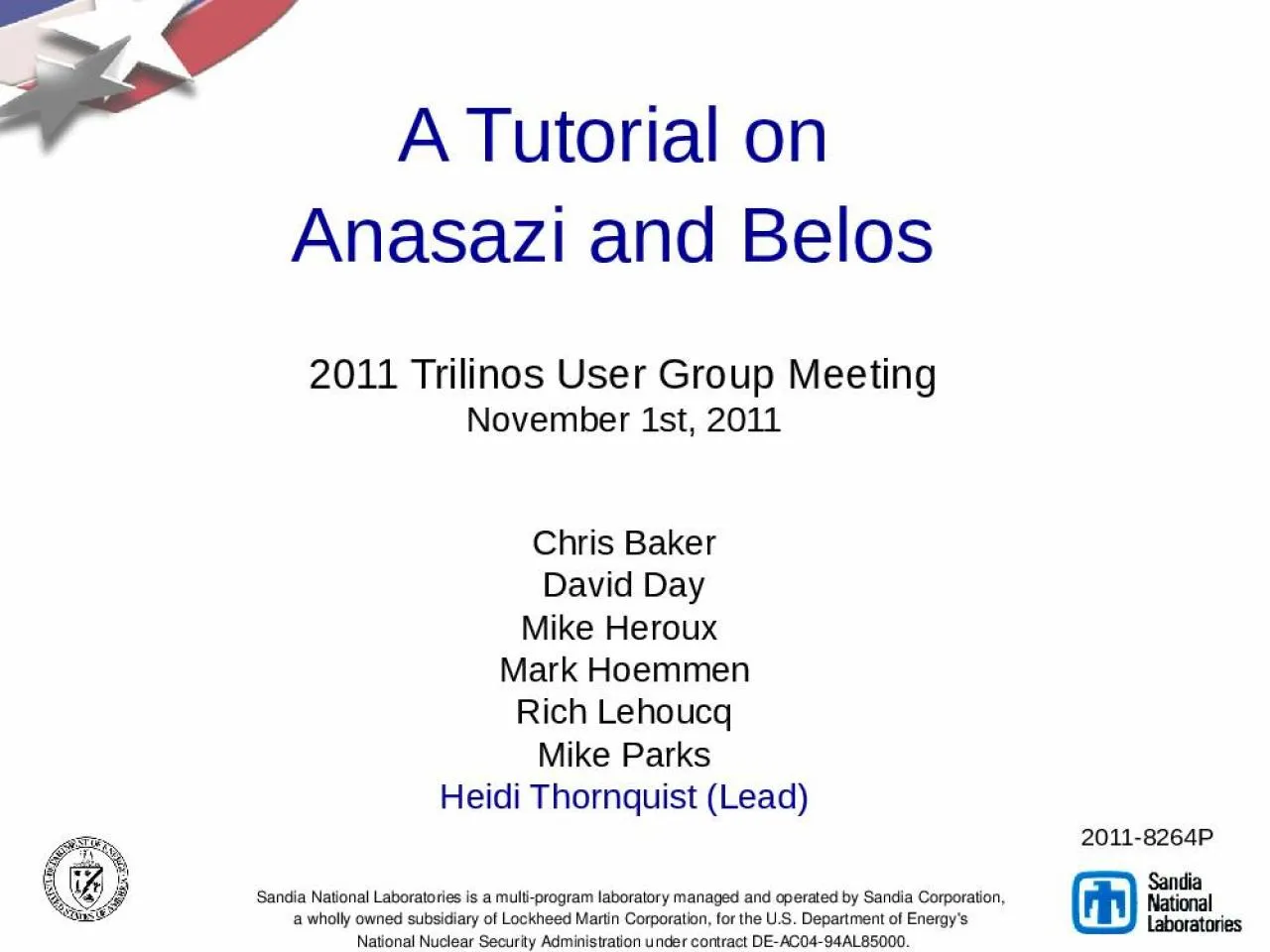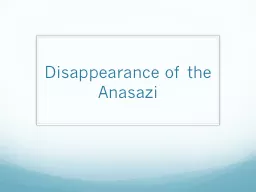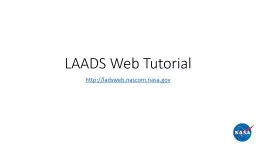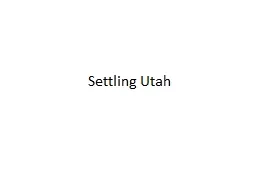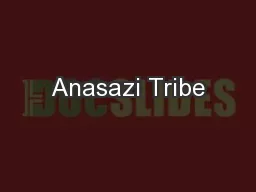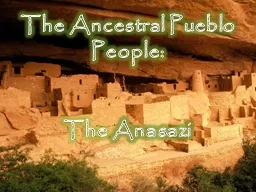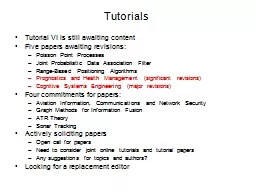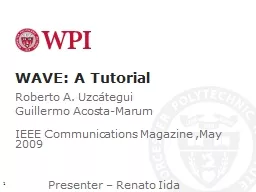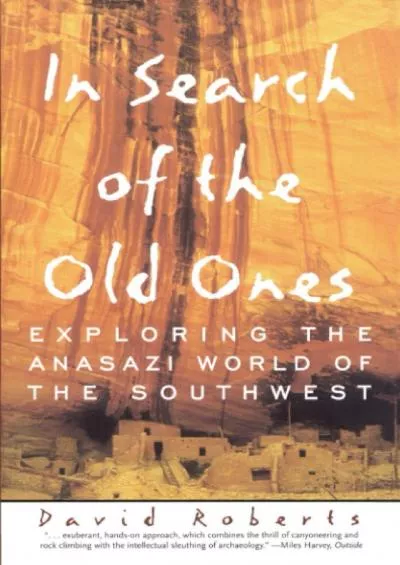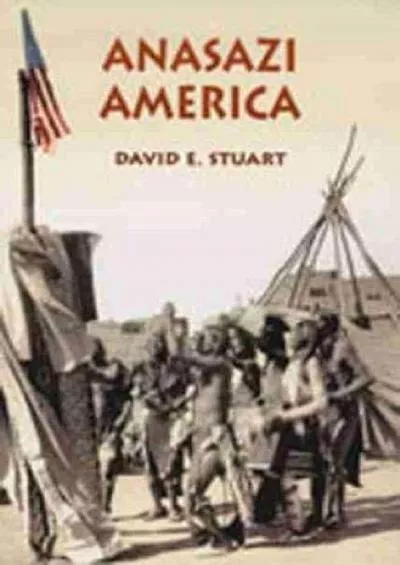PPT-A Tutorial on Anasazi and
Author : ash | Published Date : 2024-07-02
Belos 2011 Trilinos User Group Meeting November 1st 2011 Chris Baker David Day Mike Heroux Mark Hoemmen Rich Lehoucq Mike Parks Heidi Thornquist Lead Sandia
Presentation Embed Code
Download Presentation
Download Presentation The PPT/PDF document "A Tutorial on Anasazi and" is the property of its rightful owner. Permission is granted to download and print the materials on this website for personal, non-commercial use only, and to display it on your personal computer provided you do not modify the materials and that you retain all copyright notices contained in the materials. By downloading content from our website, you accept the terms of this agreement.
A Tutorial on Anasazi and: Transcript
Download Rules Of Document
"A Tutorial on Anasazi and"The content belongs to its owner. You may download and print it for personal use, without modification, and keep all copyright notices. By downloading, you agree to these terms.
Related Documents

